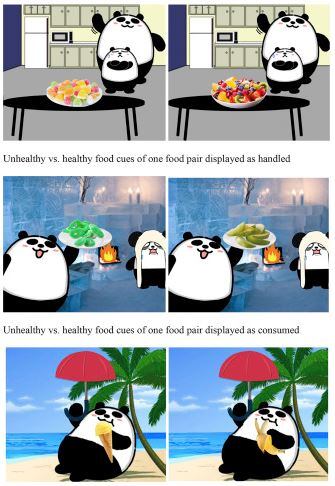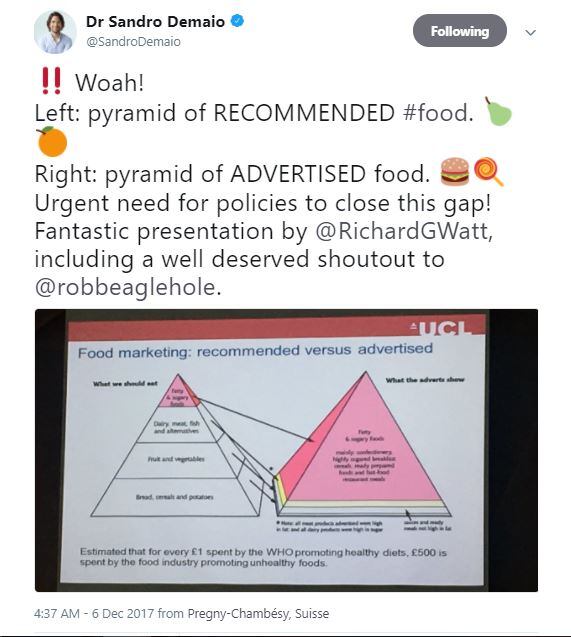As part of a research group on advertising and media effects, the researchers from the University of Vienna used eye-tracking devices to determine the level of attention children gave to both healthy and unhealthy food cues embedded in a cartoon film.
As well as testing for different types of foods, the scientists also varied the ‘level’ of the food cue, comparing one in which there was no interaction with the food cue to handling and eating the food.
They then evaluated how susceptible the 56 boys and girls aged between six and 12 were to the various cues by measuring the impact they had on their

hunger level.
“Our results indicated that unhealthy food cues attract children's visual attention to a larger extent than healthy cues. However, their initial visual interest did not differ between unhealthy and healthy food cues,” they write.
The greater the level of ‘food interaction’ in the food cue, the greater the increase in visual attention. However, the researchers found no moderating impact of hunger.
“We conclude that especially unhealthy food cues with an interactive connection trigger cue reactivity in children.”
They suggest this may be because foods with more hedonic components, such as chocolate’s tastiness are more likely to capture individuals’ long-term visual attention compared to food stimuli that are high on the cognitive dimension, such as a salad’s healthfulness.
The researchers said they had “concerns” about how food cues were presented in children’s media, and they hoped their study would spark further research.
“We thus appeal for a reduction of unhealthy food cues in children's media content, or at least for placing healthy food products more prominently and showing them in more active patterns than has been the case in the past.”
It is estimated that for every £1 spent by the World Health Organisation (WHO) promoting healthy food, £500 is spent in advertising by the food industry promoting foods high in salt, fat and sugar.

"Our key message to the food industry and especially to food marketers is to cut back the marketing of unhealthy food to children by increasing the marketing of healthy food," Dr. Brigitte Naderer, co-author of the study, told FoodNavigator.
Several studies have shown the negative effects of unhealthy food marketing on children's eating behavior with long-term consequences such as the global increase in childhood obesity, she said.
"The food industry should take responsibility for children's well-being. We firmly believe that the extent of unhealthy food advertising targeting children should be limited," Naderer said, adding that, where sufficient regulations were not in place, stronger self-regulatory practices for the food industry are needed.
The study
The children were shown still images of two cartoon panda brothers, Peppino and Rondo, on a travelling adventure. Half the images showed a panda eating healthy foods such as apple slices or a banana and the other half unhealthy foods like ice cream and a slice of pizza, with pairings that were visually similar in terms of size, complexity and colour.
Since children are not aware of the impact of different types of food cues on their gaze behaviour, observational methods such as eye-tracking are a more accurate gauge of reactions to food cues than self-report measures.
The researchers claim it is the first study demonstrating that unhealthy food cues in media content impact children's visual attention to a higher extent than healthy cues.
Source: Appetite Journal
“A treat for the eyes. An eye-tracking study on children's attention to unhealthy and healthy food cues in media content”
Available online ahead of print, https://doi.org/10.1016/j.appet.2018.01.033
Authors: Ines Spielvogel, Jörg Matthes, Brigitte Naderer and Kathrin Karsay
